Market Share
Phosphate Fertilizer Market Share Analysis
Phosphate Fertilizer Market is a vital component of the global agricultural industry, providing essential nutrients to crops for optimal growth and yield. To establish and maintain a competitive edge in this market, companies employ various market share positioning strategies:
Product Differentiation: Companies focus on developing a diverse range of phosphate fertilizer products tailored to meet the specific needs of different crops, soil types, and growing conditions. This may include various formulations such as monoammonium phosphate (MAP), diammonium phosphate (DAP), and triple superphosphate (TSP), each offering unique nutrient compositions and application methods. By offering differentiated products that address the diverse requirements of farmers, companies can attract a broader customer base and capture market share.
Brand Recognition and Reputation: Building a strong brand image and reputation is essential for gaining trust and credibility in the phosphate fertilizer market. Companies invest in branding initiatives, advertising campaigns, and participation in agricultural events to increase visibility and awareness of their products. Positive testimonials and endorsements from agronomists, agricultural experts, and satisfied customers further enhance brand recognition and foster consumer confidence.
Market Segmentation: Understanding the diverse needs of farmers and agricultural practices across different regions is crucial for effective market segmentation. Companies identify different market segments such as row crops, fruits and vegetables, and specialty crops, and tailor their marketing strategies to target each segment effectively. By offering products and solutions that cater to the specific requirements of different crop types and farming systems, companies can maximize their market penetration and capture a larger share of the phosphate fertilizer market.
Distribution Channels: Establishing an efficient distribution network is essential for ensuring widespread availability of phosphate fertilizer products. Companies partner with distributors, retailers, agricultural cooperatives, and online platforms to expand their reach and make their products accessible to farmers across different regions. By optimizing distribution channels and ensuring timely delivery, companies can increase product visibility and capture market share in both traditional and emerging markets.
Product Innovation and Research: Continuous innovation and research are essential for staying ahead of competitors and meeting the evolving needs of farmers in the phosphate fertilizer market. Companies invest in research and development to develop new and improved fertilizer formulations, as well as to explore alternative nutrient delivery technologies. By offering innovative solutions that deliver superior performance, efficiency, and environmental sustainability, companies can differentiate themselves and attract discerning customers.
Price Competitiveness and Value Proposition: While maintaining product quality and innovation, companies also need to ensure that their pricing is competitive in the market. Offering competitive pricing strategies such as volume discounts, seasonal promotions, and bundled packages can help attract price-sensitive farmers and drive sales. Emphasizing the value proposition of phosphate fertilizer products, such as their role in improving soil fertility, increasing crop yields, and maximizing return on investment, can justify premium pricing and enhance perceived value among farmers.
Sustainability and Environmental Stewardship: With growing concerns about environmental conservation and sustainable agriculture, companies in the phosphate fertilizer market are increasingly focusing on developing environmentally friendly products and promoting sustainable farming practices. By offering fertilizers with reduced environmental impact, such as slow-release formulations or products with lower nutrient runoff, companies can appeal to environmentally conscious farmers and differentiate themselves from competitors. Emphasizing sustainability in product marketing and corporate messaging can also enhance brand reputation and contribute to long-term market share growth.

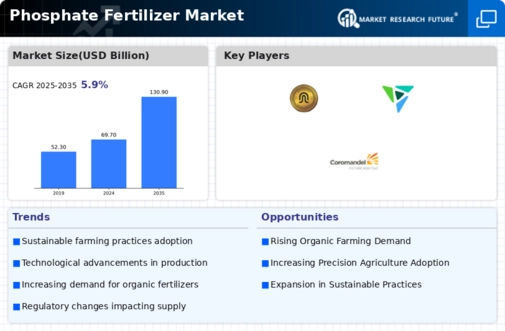
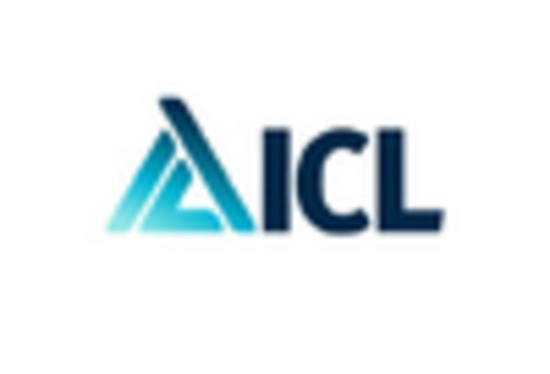
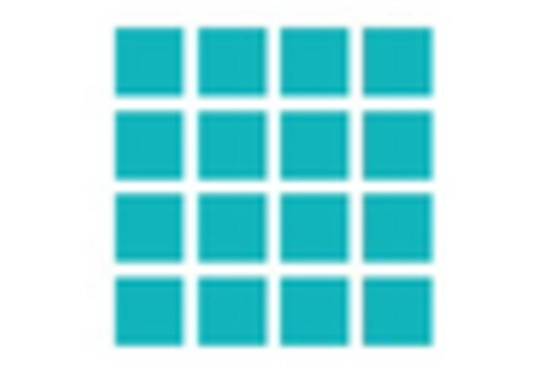
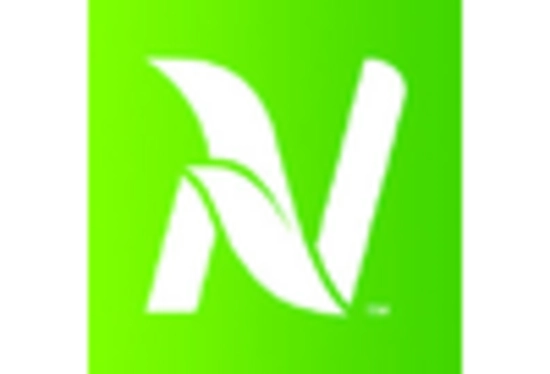
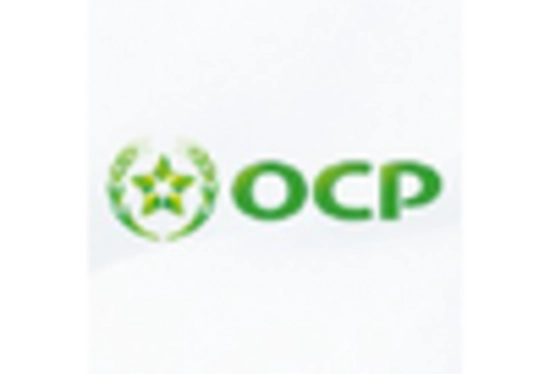
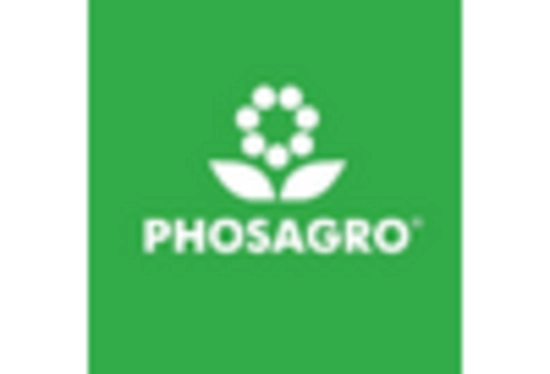
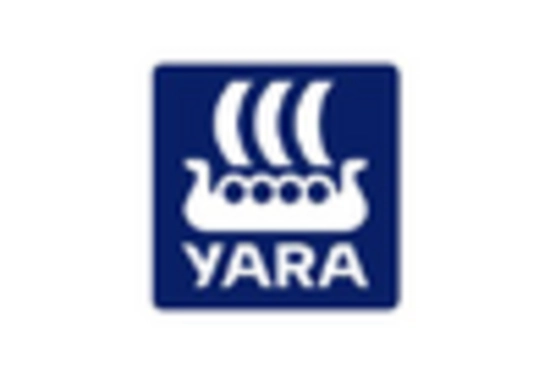









Leave a Comment